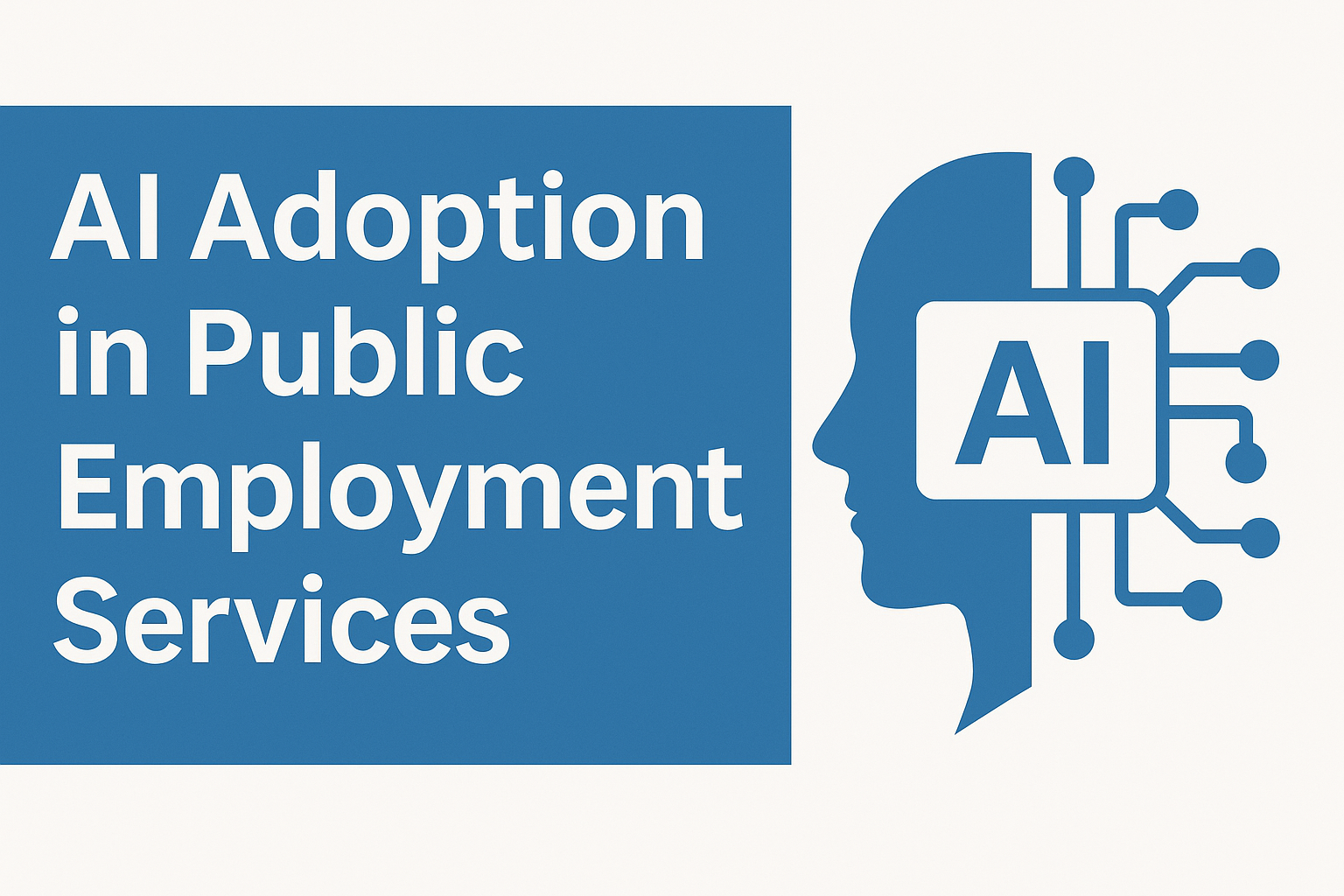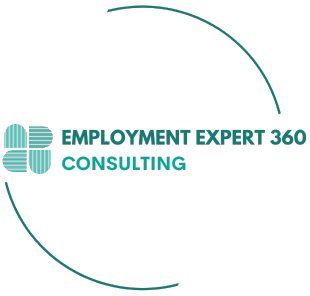Key Considerations Before Adoption

With the rapid rise of artificial intelligence, many public employment services (PES) have been swept up in the hype, hoping it will provide a “magical fix” for complex tasks such as matching jobseekers with relevant vacancies, analyzing profiles, or supporting upskilling and reskilling. While AI can indeed offer powerful solutions in these areas, its success depends largely on whether employment services have the right foundations in place: robust systems, high-quality data, and well-designed processes that can support and benefit from AI.
It is also important to address a common misconception: some leaders confuse AI solutions with traditional software engineering. This confusion is sometimes exploited by vendors who use AI jargon to market standard software products as “AI-driven” systems. I have personally witnessed software providers sales people impress PES stakeholders with technical buzzwords, even though the underlying product had little or nothing to do with AI or machine learning.
In this article, I will outline the most important aspects that employment services should consider before adopting AI or machine learning solutions. The goal is to highlight what is needed to deliver services that are not only technologically advanced but also useful, transparent, and user-friendly for both jobseekers and employers.
1. Strategic Alignment
The first step is clarifying why AI is being adopted. Is the aim to improve matching accuracy, reduce staff workload, or expand self-service options? Too often, PES pursue “AI for AI’s sake,” rather than focusing on real problems. AI should never be the starting point—employment services must first identify the challenge, evaluate available options, and then determine whether AI is the most appropriate solution.
2. Data Readiness and Quality
AI and machine learning are only as good as the data that fuels them. PES must invest in building reliable datasets and ensuring their quality. This involves collecting, cleaning, and standardizing data such as:
- CVs and vacancy postings
- User interaction data from online PES platforms
- Labour market information (LMI) and forecasting data
Without structured, consistent, and bias-checked data, even the most sophisticated AI systems will produce poor or misleading results.
3. User-Centric Design
When introducing AI, PES should adopt human-in-the-loop principles. AI should support caseworkers, not replace them. Some vendors present return-on-investment (ROI) arguments that frame AI primarily as a cost-saving measure through staff reduction. In practice, this is not only unrealistic but also undermines the quality of services. Caseworkers’ expertise remains essential; AI’s role is to make their work more efficient.
Designing AI tools with input from stakeholders—counselors, employers, policymakers, and jobseekers—ensures that the solutions are grounded in real-world needs. Usability and transparency are also critical: AI systems should function as helpful assistants, not opaque “black boxes.”
4. Building AI Capacity Within the Organization
A frequent challenge is the lack of AI knowledge among PES staff involved in procurement or implementation. This creates opportunities for vendors to oversell products or misrepresent their AI capabilities. To avoid this, PES need to invest in capacity building:
- Training staff to understand, use, and critically assess AI solutions
- Creating awareness that AI is not a threat to jobs, but a tool for empowerment
- Building confidence by showing how AI can automate repetitive tasks and free staff to focus on high-value, client-facing work
When staff are engaged and confident, AI adoption becomes smoother and more sustainable.
5. Evaluation and Continuous Improvement
AI solutions should not be rolled out nationwide without evidence of impact. Instead, PES should start with pilots targeting specific challenges, and rigorously evaluate them before scaling. Evaluation methods can include:
- Randomized Controlled Trials (RCTs)
- A/B testing
- User feedback loops
The goal is to measure whether AI actually improves employment outcomes—such as higher-quality job matches, shorter unemployment spells, or better employer satisfaction—rather than assuming it works.
Where possible, multiple vendors should participate in pilots, so PES can benchmark solutions against predefined performance criteria. In Switzerland, for example, this approach proved highly effective, allowing the PES to select the most impactful solution. (I will share more about this case in a future blog post.)
6. Procurement and Sustainability Considerations
A major question for PES is whether to build AI solutions in-house or procure them from external vendors. The answer depends on organizational capacity:
- Some PES, such as France Travail or the Swedish PES, maintain dedicated in-house AI teams.
- Others, like the Swiss PES, partner with technical universities.
- Many rely on third-party vendors.
For those choosing external solutions, careful vendor selection is essential. PES must plan for long-term sustainability, considering:
- Integration timelines with existing systems
- Risks of vendor lock-in if the solution underperforms
- Ongoing costs, including licensing and maintenance fees
These financial and technical implications are significant and warrant their own discussion, which I will cover in a dedicated blog post.
Final Thoughts
Artificial intelligence holds real promise for public employment services—but only if adopted thoughtfully and strategically. Success requires more than technology: it depends on clear objectives, reliable data, ethical design, skilled staff, rigorous evaluation, and sustainable procurement practices.
Employment services that invest in these foundations will be best positioned to deliver AI solutions that truly enhance jobseeker and employer experiences, while also building trust and credibility in the digital transformation of labour markets.

Leave a Reply